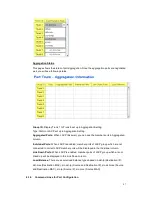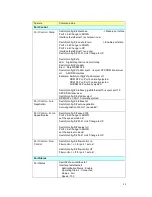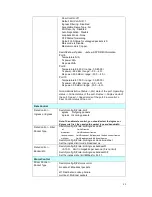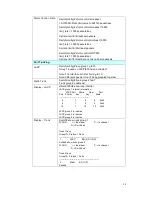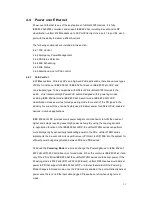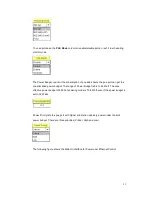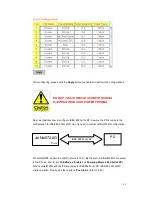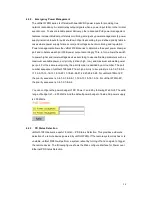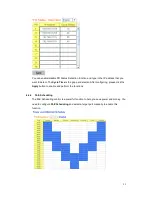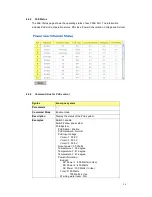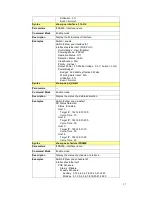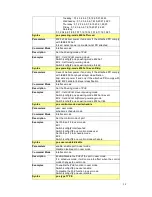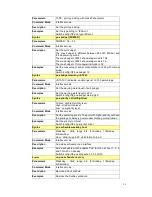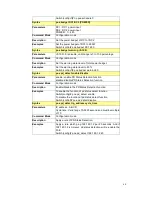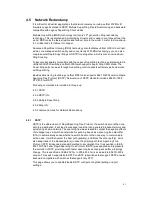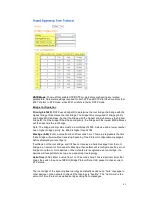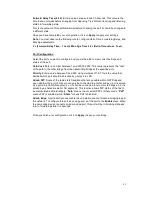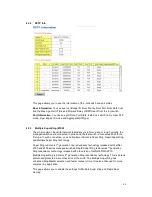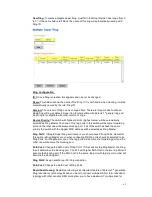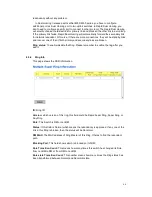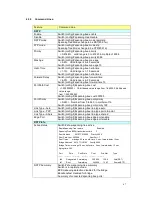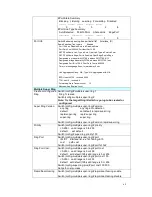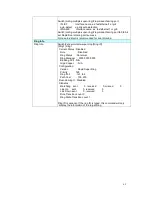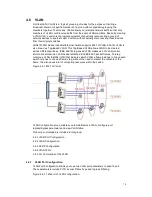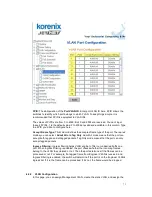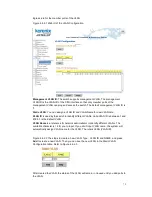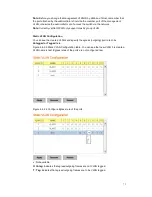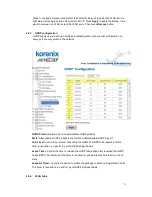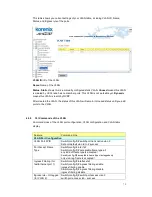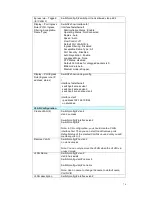
61
4.5 Network Redundancy
It is critical for industrial applications that network remains non-stop. JetNet 5728G v2.1
firmware supports standard RSTP, Multiple Super Ring, Rapid Dual Homing and backward
compatible with Legacy Super Ring Client modes.
Multiple Super Ring (MSR) technology is Korenix’s 3
rd
generation Ring redundancy
technology. This is patented and protected by Korenix and is used in countries all over the
world. MSR ranks the fastest restore and failover time in the world, 0 ms for restore and up
to
5
milliseconds for failover for copper.
Advanced Rapid Dual Homing (RDH) technology also facilitates JetNet 5728G to connect
with a core managed switch easily and conveniently. With RDH technology, you can also
couple several Rapid Super Rings or RSTP cloud together, which is also known as Auto
Ring Coupling.
To become backwards compatible with the Legacy Super Ring technology implemented in
JetNet 4000/4500 switches, JetNet 5728G also supports Super Ring Client mode. The
Super Ring ports can pass through Super Ring control packets extremely well and works
with Super Ring.
Besides Korenix ring technology, JetNet 5728G also supports 802.1D-2004 version Rapid
Spanning Tree Protocol (RSTP). New version of RSTP standard includes 802.1D-1998
STP, 802.1w RSTP.
Following commands are included in this group:
4.5.1 RSTP
4.5.2 RSTP Info
4.5.3 Multiple Super Ring
4.5.4 Ring Info
4.5.5 Command Lines for Network Redundancy
4.5.1
RSTP
RSTP is the abbreviation of Rapid Spanning Tree Protocol. If a switch has more than one
path to a destination, it will lead to message loops that can generate broadcast storms and
quickly bog down a network. The spanning tree was created to combat the negative effects
of message loops in switched networks. A spanning tree uses a spanning tree algorithm
(STA) to automatically sense whether a switch has more than one way to communicate
with a node. It will then select the best path (primary), and block the other path(s). It will
also keep track of the blocked path(s) in case the primary path fails. Spanning Tree
Protocol (STP) introduced a standard method to accomplish this. It is specified in IEEE
802.1D-1998. Later, Rapid Spanning Tree Protocol (RSTP) was adopted and represents
the evolution of STP, providing much faster spanning tree convergence after a topology
change. This is specified in IEEE 802.1w. In 2004, 802.1w is included into 802.1D-2004
version. This switch supports both RSTP and STP (all switches that support RSTP are also
backward compatible with switches that support only STP).
This page allows you to enable/disable RSTP, configure the global setting and port
settings.

